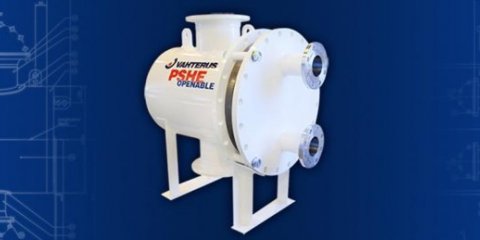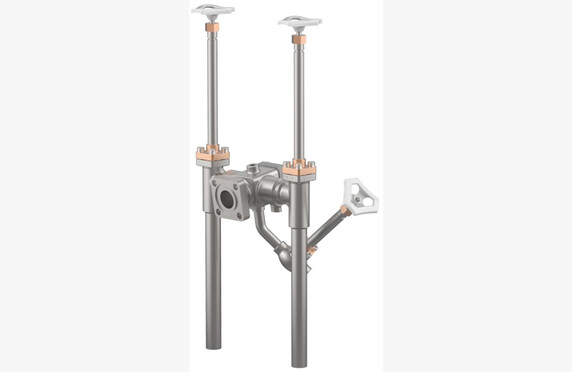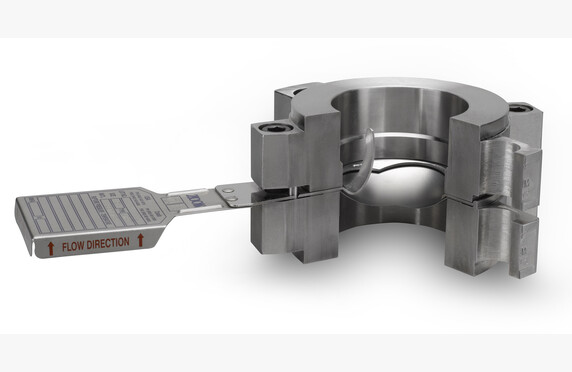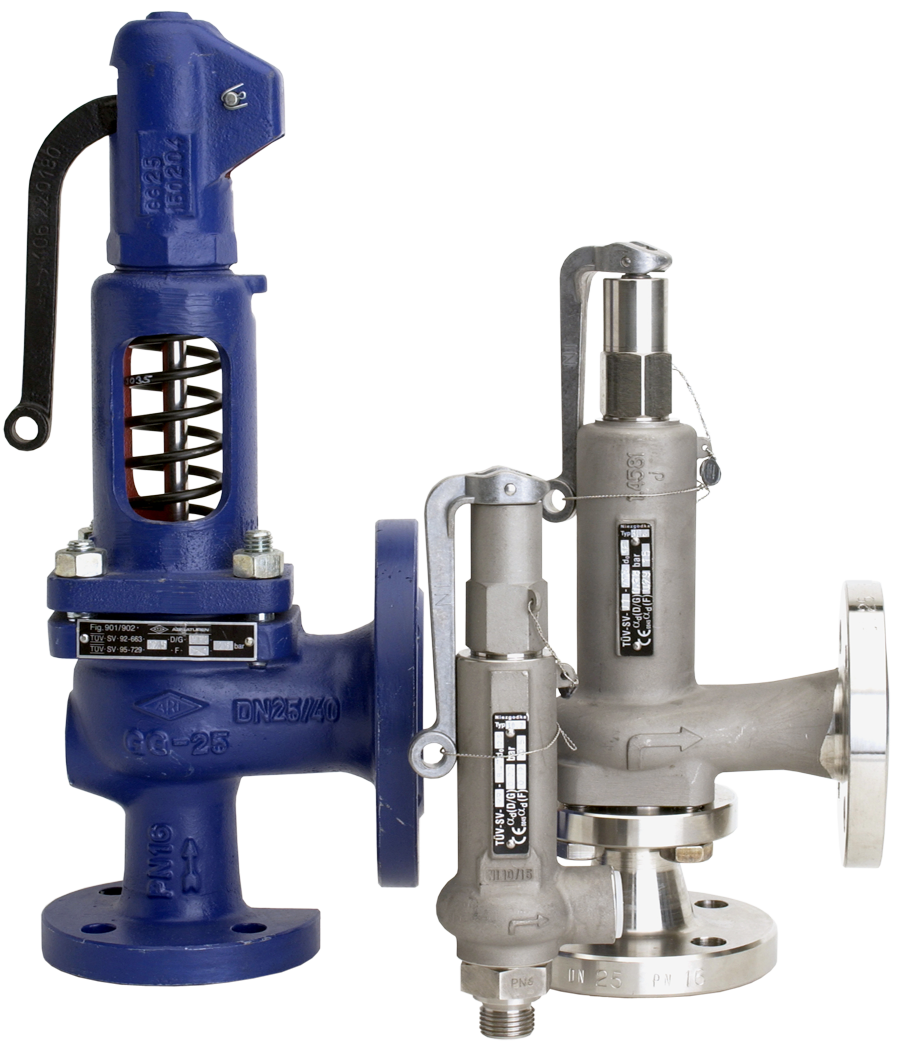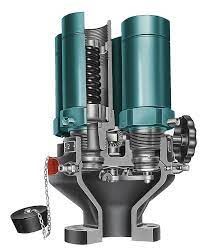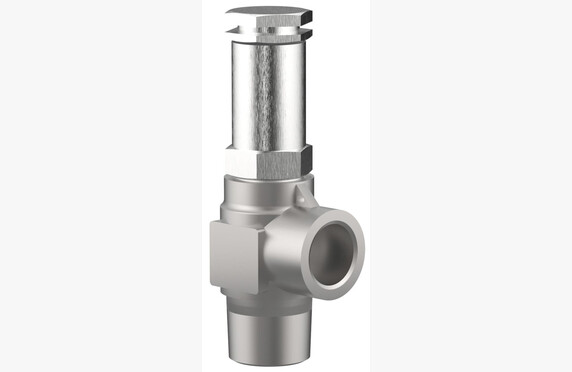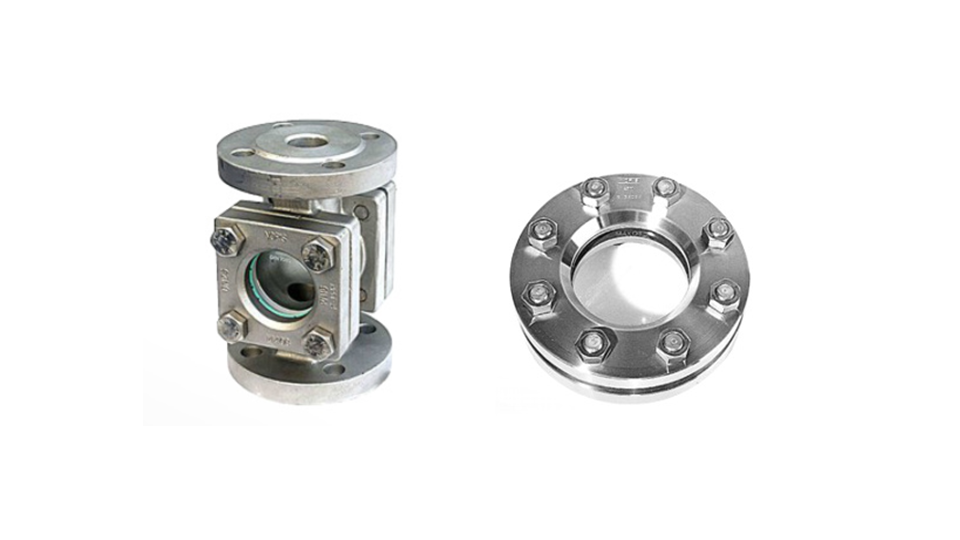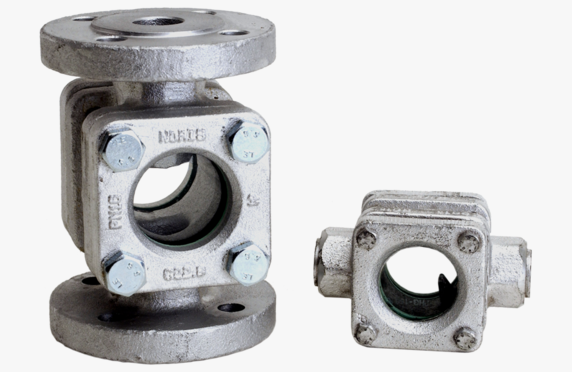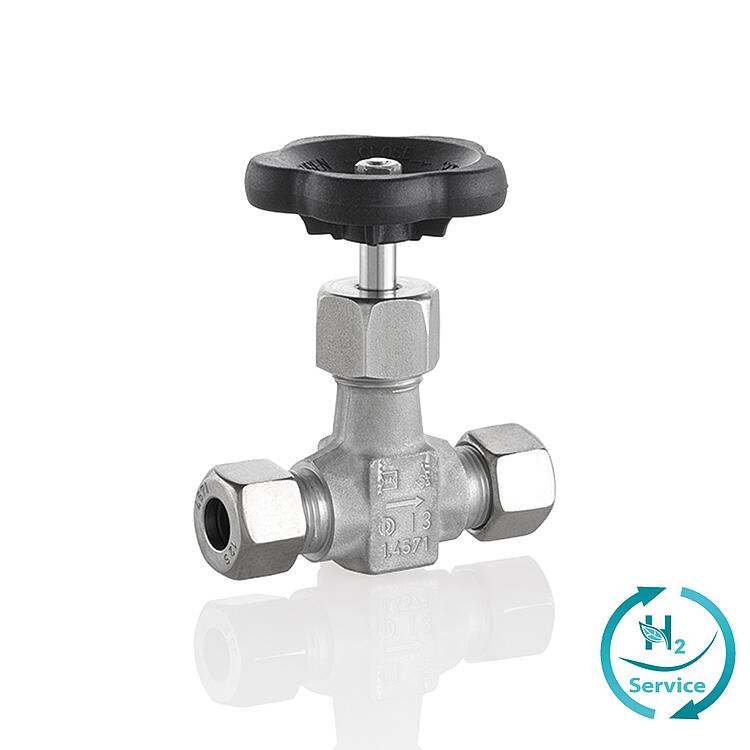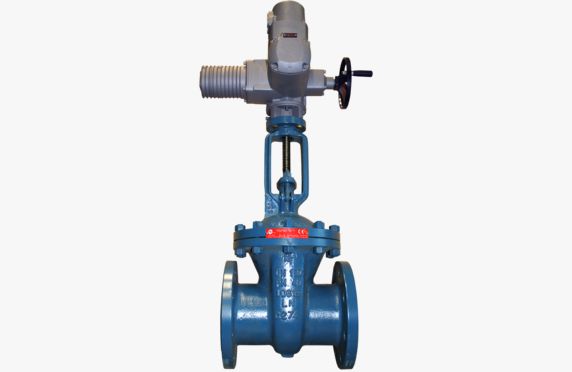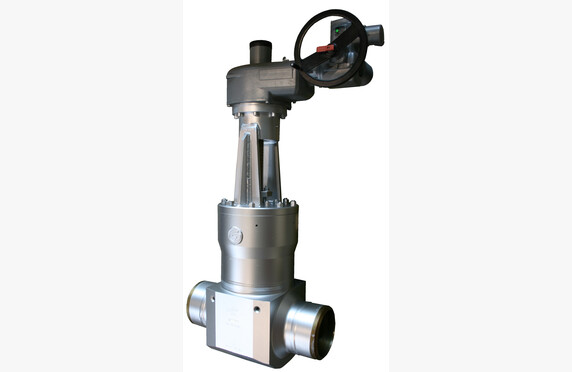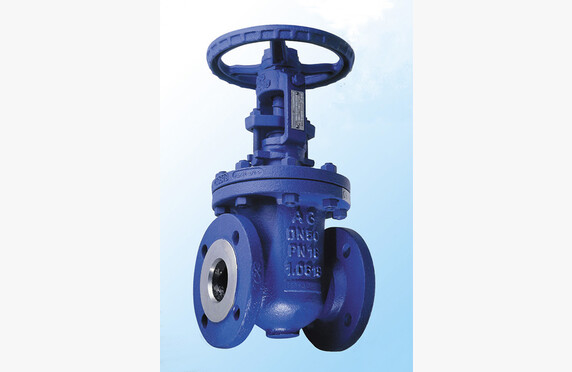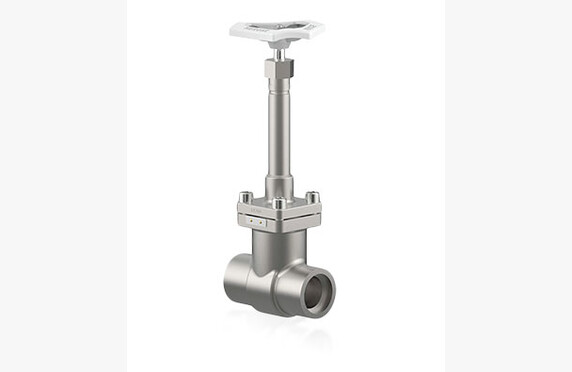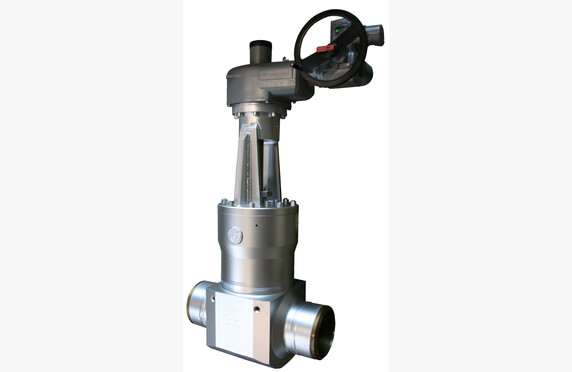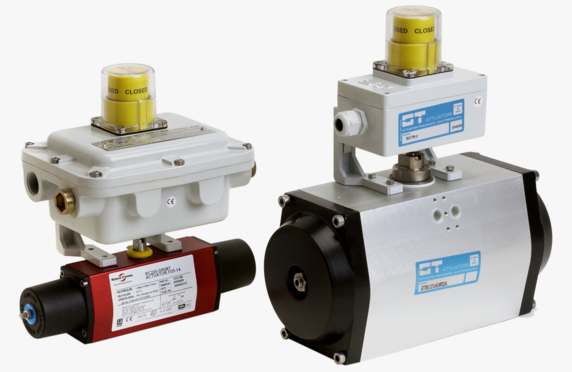What is a Wedge Gate Valve?
Wedge gate valves are used in demanding industrial applications where nominal sizes can be large and pressures as well as temperatures high. The gate can be two-piece, solid, or flexible. The English terms are split, solid and flexible wedge.
A two-piece gate, as the name suggests, consists of two gate parts. This enables tight sealing even if the valve experiences slight twisting or changing operating temperatures.
In a flexible gate, a groove is machined into the edges of the gate. This groove allows the sealing surfaces to conform finely under high forces, making it easier to open the valve.
A solid gate does not have these grooves. It is suitable for compact designs due to limited space and for large sizes.
Wedge Gate Valve Selection
The seals of a wedge gate valve can be fixed, threaded, pressed, welded, or some combination thereof. Almost any metal material can be used for the sealing surfaces. Every valve is 100 % leak-proof when leaving the factory. Tightness is verified through hydro or gas pressure testing.
A wedge gate valve can be equipped with a bonnet relief valve/plate for expanding media. Also, the other gate can be drilled to relieve pressure, in which case the valve is leak‐proof in only one direction.
In terms of operation, a wedge gate valve is cumbersome to turn. However, as a troubleshooting solution, one can consider using an operating tool or actuator versions. As a rule of thumb, a globe valve is considered a better choice for nominal sizes up to DN 150 and pressures up to PN40 and below. Wedge gate valves for PN160 and above are used starting from DN65.
All gate valves can be equipped with actuators in addition to manual operation.
Konwell’s product range includes Armatury Group’s, RT Valvole and OMB’s wedge gate valves.
ASME valves are used in Finland mainly in the petrochemical industry. In addition to traditional plug-sealed models, our product range includes jacket-sealed models for conditions where it is critical that the medium does not escape to the atmosphere through the valve plug. OMB’s sizes start at DN15 and pressure classes from ANSI150….2500#. Connection types are flanged, socket weld (SW) or butt weld (BW).
For Steam, Condensate and Process Media
The most typical materials are carbon steel and acid-resistant steel, but other material options are also available.
For Liquid Fuels and Gases
For gas and liquid applications, mostly the same gate valves can be used. However, in gas applications it is important to pay more attention to the emission level from the bonnet seal. A low-emission valve is both more user- and environmentally friendly. Additionally, any leakage from the bonnet seal constitutes a loss of the medium. In addition to low-emission models with quarantine seals (ISO 15848, API 622, API 624), our product range includes jacket-sealed models for process conditions where it is essential to ensure that the medium does not escape through the quarantine seal at all.
The most typical materials are carbon steel and acid-resistant steel, but we also offer other alternatives such as economical spheroidal graphite cast iron, cold-resistant LF2 steel, and more exotic materials.
The product range covers gate valves for gas and liquid fuel transfer and distribution pipelines. Our range includes sizes DN 15–1000 and pressure classes PN 4-320. ANSI classifications up to 2500# are also available. The connection types are either flanged or welded.
For Cryogenic Media
A cryogenic wedge gate valve differs mechanically from a conventional wedge gate valve to some extent. In a cryogenic valve, there is an extended bonnet that ensures the bonnet seal remains warmer than the medium. In addition, any potential pressure buildup in the interspace is mechanically prevented. Typically, the pressure relief in cryogenic gate valves occurs through a drilling in the gate or body, which is why the valves are leak‐proof in only one direction. Cryogenic wedge gate valves are delivered clean and dry.
Our selection of cryogenic gate valves is extensive. From the quality range of HEROSEN, cryogenic gate valves are available in sizes DN25-100. Larger sizes are manufactured by RT.


